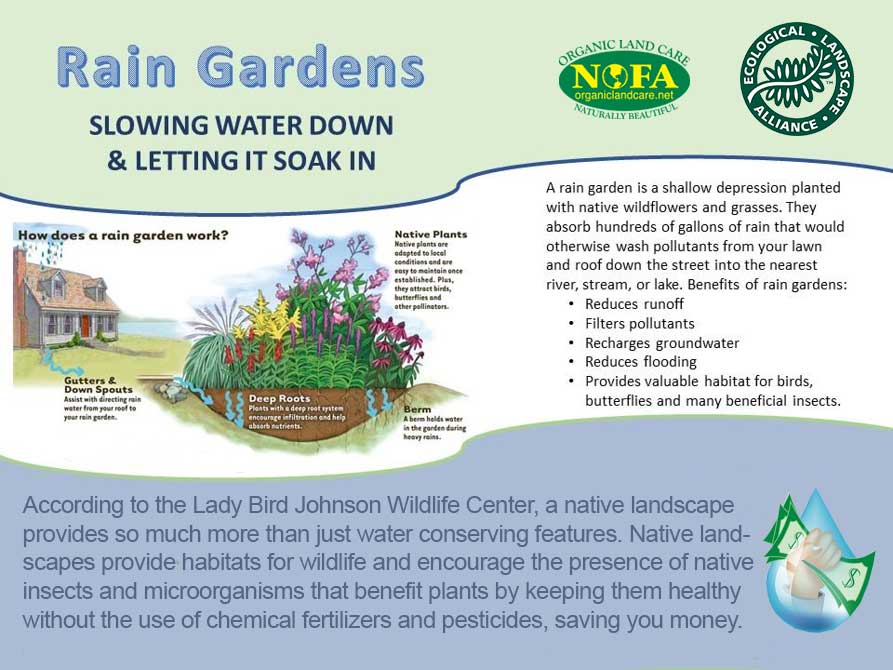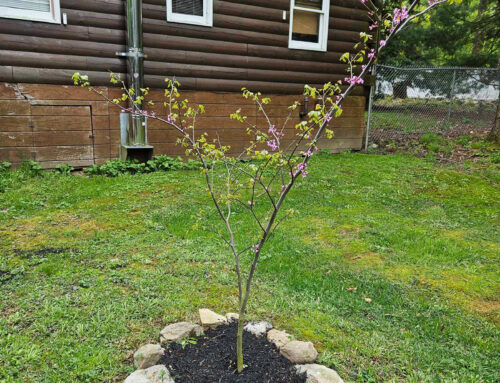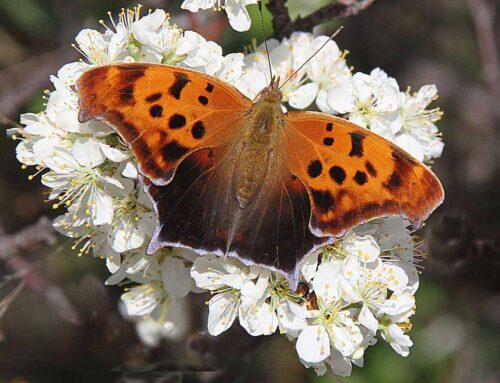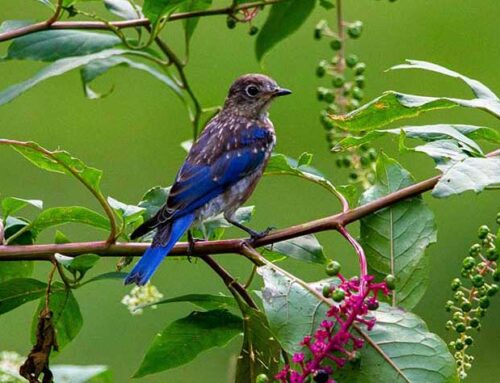Go native with plants:
Nature’s solution for water conservation
Have you always yearned for outdoor areas that are useful, beautiful and low maintenance? Do you think your longing for a natural landscape just isn’t feasible with all the water conservation policies being enacted? If so, native plants might be the answer to your landscape concerns. A water-efficient landscape has functional lawn areas that retain moisture properly and have plants grouped according to their water needs. Plants native to our region can help with landscape water conservation because they are adapted to our climate, and they can be watered less frequently than landscape plants native to other climatic zones.
Sustainable Landscaping
“We can no longer afford to consider air and water common property, free to be abused by anyone without regard to the consequences. Instead, we should begin now to treat them as scarce resources, which we are no more free to contaminate than we are free to throw garbage into our neighbor’s yard.”
Many of the diverse selection of native trees, shrubs and perennials can help communities tackle issues with too much or too little water. The utilization of Native plants are one of the vital and necessary aspects with regards to the ongoing struggle to deal with climate change. They can also be part of the solution to another problem – storms that dump heavy rainfall and overwhelm the infrastructure for dealing with storm water. By implementing into the landscape plants such as marsh milkweed, cardinal flower, bloodroot, and great blue lobelia, you provide a natural means to soak up the excess before it can run off.
Some natives have incredible root systems that support the plants in times of drought. Compared with the roots of most non-native plants, warm-season grasses and flowers have a deep, extensive root system that helps absorb moisture and prevent erosion. Many species of native plants have roots that extend four to eight feet into the soil, while cool-season non-native grasses, such as Kentucky blue grass extend only a few inches into the soil. (Which is why after a few days of not watering a lawn in summer you see a coloration change.) Deep roots allow native plants to withstand long periods of dry weather and so they require little or no watering after they are established.
Native plantings within woodland gardens as well as rain gardens set in a residential landscape design are much more effective than lawn grass in slowing down stormwater and filtering out chemicals and harmful pesticides that can be found within. The deep roots of many native species are able to absorb, hold, and gradually release this water—water that would otherwise rush into nearby bodies of water, eroding their banks and delivering pollution.
Native plants are trees, shrubs, and wildflowers that grow in a specific region where they have evolved over time, adapting to the prevalent environmental conditions. Because of this, they can conserve water resources more efficiently than nonnative plants, which are naturally adapted to other climates.
Rain Barrels | Rain Gardens
Collect Rainwater: You heard the old saying “money doesn’t grow on trees, well when it comes to water conservation it falls from the sky for the taking. If you install and utilize a rain barrel, you can collect rainwater from your gutter downspout and use it around your home and garden, therein spending less on your water bills. Other benefits of rain barrels include conserving water and preventing runoff pollution from harmful pesticides and fertilizers.
Simply place a rain barrel, sometimes called a cistern, next to your home to collect rainwater from the downspouts of your gutters to use in the garden. If you live in an area with rainy winter and spring seasons, the water you collect should be enough to water your plants during the drier summer and fall. Rain barrels capture water from a roof and hold it for later use such as on lawns, gardens or indoor plants. Collecting roof runoff in rain barrels reduces the amount of water that flows from your property. Every gallon of harvested rainwater you use around the house is a gallon you don’t have to pay for. The Environmental Protection Agency estimates that a rain barrel saves the average homeowner up to 1,300 gallons of water each year. That’s 1,300 gallons that won’t show up on your water bill! It’s a great way to conserve water and it’s free water for use in your landscape. Conserving water in this way benefits your whole community by putting less strain on municipal water sources. It’s one step in preserving our planet’s limited natural resources — that’s right, water is a limited resource, and eventually, we’ll run out.
Water Conservation Tips and Tricks
Check Your Soil: Good gardening begins with healthy soil. What kind of soil do you have? Sandy soil allows water to pass through it quickly, which means you’ll have to water your plants more often because they won’t have enough time to adequately absorb the moisture. Fill your soil with organic matter like compost or composted manure to improve its texture and ability to hold water. Not only will you use less water, but your plants will be healthier, too.
Water the Roots: Many people use a regular sprinkler system, which is only 40 to 50 percent efficient. Focusing your watering efforts on the roots guarantees that your plants will get the water where they need it most instead of losing it to evaporation. Soaker hoses saturate the area around the plants with moisture, drip irrigation systems drop water slowly around the roots.
Mulch: Mulching ensures that the soil stays moist by reducing evaporation and prevents weeds from growing and competing with your plants for nutrients. Use chopped or shredded leaves, straw, compost, grass clippings, etc. to keep the moisture where the plants can get it.
Timing is Everything: Connect a timer to your current irrigation system to control how often and for how long your plants receive water. Save even more water by installing an automatic rain sensor, which will shut off your sprinklers when it detects rain.
Place a Rain Gauge in the Yard: This will help you see how much precipitation your area is receiving each and every week. If you get about an inch, you can often skip watering for that week, especially if you’ve planted native plants.
At Lincoln Landscaping cultivating the environment is our life and livelihood. It is our number one goal to help our clients create and maintain beautiful landscapes while reducing the impact on the environment. Whether you are interested in a pollinator landscape garden design and build or other landscaping or property management project; we can create for you an environmentally friendly, organic and beautiful property.
Lincoln Landscaping of Franklin Lakes offers complete
organic landscaping, lawn care, turf and property management services.
Lincoln Landscaping “The Natural Choice”
Mike Kolenut President & CEO
https://lincolnlandscapinginc.com
(201) 848-9699









